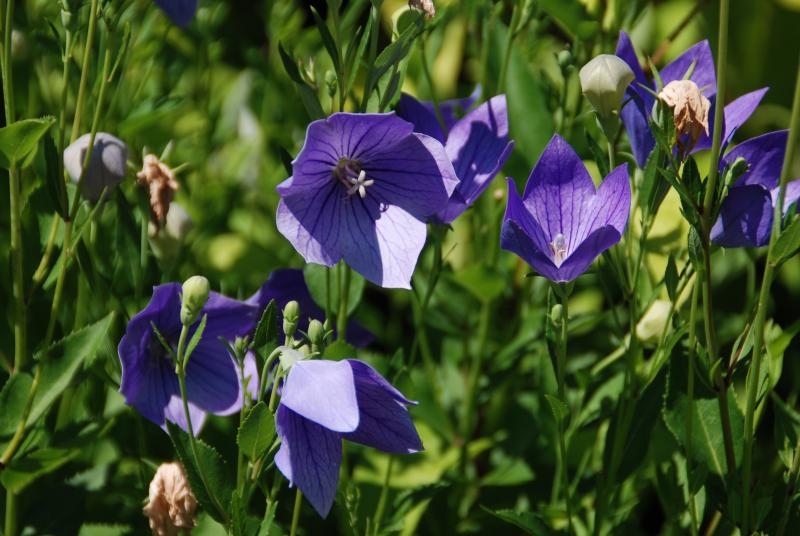It’s easy to keep your garden looking its best with a bit of deadheading.
Removing faded flowers can promote repeat blooms on some plants, encourage fuller, more compact growth, and tidy up the garden.
Use a bypass pruner or deadheading snips to remove faded flowers. These tools have two sharp blades like scissors. This results in a clean cut that closes quickly, leaving your plant looking its best.
The type of flower will influence how and where to make the cut. In general, remove the stems of faded blooms back to the first set of healthy leaves or nearby flower buds.
Deadhead flowers like salvia, veronica and snapdragons by removing faded flowers to encourage more blooms. Make cuts below the faded flower and above a set of healthy leaves or new flower stems. Encourage additional blossoms and improve shasta daisies’ appearance by removing spent flowers and pruning back just above a set of healthy leaves.
Cut the flowers of armeria, coral bells and other flowers back to the base of the stems that arise from the foliage. This improves appearance and encourages more blooms on this type of flowering perennial.
Plants like daylilies and balloon flowers require a bit different care for a tidier look. First, remove the individual blooms as they fade. Once they’re completely bloomed out, you can cut the flower stem back at the base. Allowing the spent blooms to hang on the stem won’t hurt the plant; they just detract from its overall beauty.
Removing fading flowers of fuchsia and lantana will prevent the plants from going to seed and promote more blooms. Remove any berries that do form to keep these plants flowering.
Some plants, like impatiens, cuphea and calibrachoas, are self-cleaning. Old blossoms fall off the plants as new flowers form, eliminating the need for deadheading.
It’s good to deadhead heavy seeders like columbine to reduce the number of seedlings and contain their spread. You can allow some seeds to develop if you have space to fill or want lots of seedlings to transplant to new garden beds.
Allow seed heads to develop on coneflowers, rudbeckias, and other plants that provide winter interest and food for the birds.
Remove flowers as they appear on coleus to promote more compact growth. Late-blooming, flowerless varieties and self-branching coleus hybrids reduce or eliminate time spent on this task.
Consider skipping the deadheading of late-blooming perennials. This allows them to prepare for winter and form seedpods for a bit of winter interest.
Improve the appearance of leggy plants with long stems and few leaves with a bit of pruning. Cut back farther into the leafy stem when deadheading to encourage fuller growth as well as more flowers.
Make deadheading part of your regular garden maintenance. Investing time throughout the season will help keep your garden looking its best.
























































